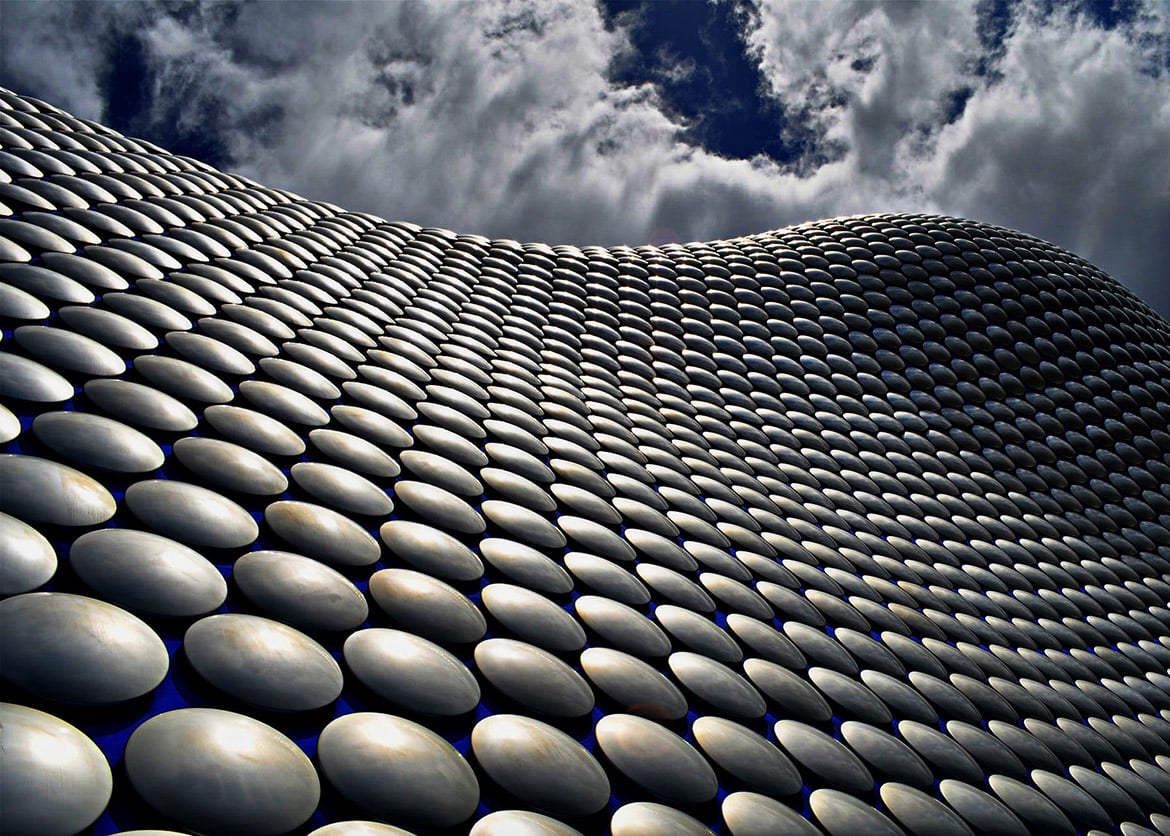Are you looking to create a seamless blend of residential, commercial, and other mixed-use spaces in your architectural projects? Achieving harmony in mixed-use developments can be a challenging task, but with the right approach and design principles, it is possible to create a cohesive and inviting environment that meets the needs of all users. In this article, we will explore some tips and strategies for achieving harmony in mixed-use architectural projects.
Understanding the Concept of Mixed-Use Architecture
Mixed-use architecture involves the integration of different types of spaces, such as residential, commercial, and recreational, within a single development. This approach allows for a more efficient use of land, promotes walkability, and creates vibrant and diverse urban environments. However, designing mixed-use projects requires careful consideration of the needs and interactions of various user groups, as well as the overall aesthetic and functional coherence of the development.
Emphasize Connectivity and Flow
One of the key principles of achieving harmony in mixed-use architectural projects is to prioritize connectivity and flow between different spaces. This can be achieved through the strategic placement of pedestrian walkways, common areas, and shared amenities that encourage interaction and communication between residents, workers, and visitors. By creating a sense of connectivity within the development, you can enhance the overall user experience and promote a sense of community.
Balance Privacy and Social Interaction
Another important aspect of designing mixed-use projects is to strike a balance between privacy and social interaction. While residents and tenants may value their privacy, it is also essential to create opportunities for socialization and community engagement. This can be achieved through the design of shared spaces, such as rooftop gardens, courtyards, and communal lounges, where users can interact and connect with one another. By carefully balancing privacy and social interaction, you can create a welcoming and inclusive environment for all users.
Incorporate Sustainable Design Practices
Incorporating sustainable design practices is essential for achieving harmony in mixed-use architectural projects. Sustainable design not only reduces the environmental impact of the development but also promotes the health and well-being of users. Features such as green roofs, energy-efficient systems, and passive design strategies can help create a more sustainable and resilient built environment. By prioritizing sustainability in your design approach, you can enhance the overall quality of the development and create a healthier, more livable space for all users.
Consider the Context and Surroundings
When designing mixed-use architectural projects, it is crucial to consider the context and surroundings of the site. By taking into account the existing urban fabric, landscape, and community characteristics, you can create a development that seamlessly integrates with its surroundings and enhances the overall urban environment. Paying attention to factors such as scale, massing, materials, and architectural style can help create a harmonious and contextually responsive design that enriches the local area.
In conclusion, achieving harmony in mixed-use architectural projects requires a thoughtful and inclusive design approach that prioritizes connectivity, social interaction, sustainability, and contextual responsiveness. By carefully considering the needs and preferences of all users, as well as the unique characteristics of the site, you can create a vibrant and cohesive development that enhances the overall urban experience. By following these tips and strategies, you can create successful mixed-use projects that contribute positively to the built environment and enrich the lives of those who inhabit them.

